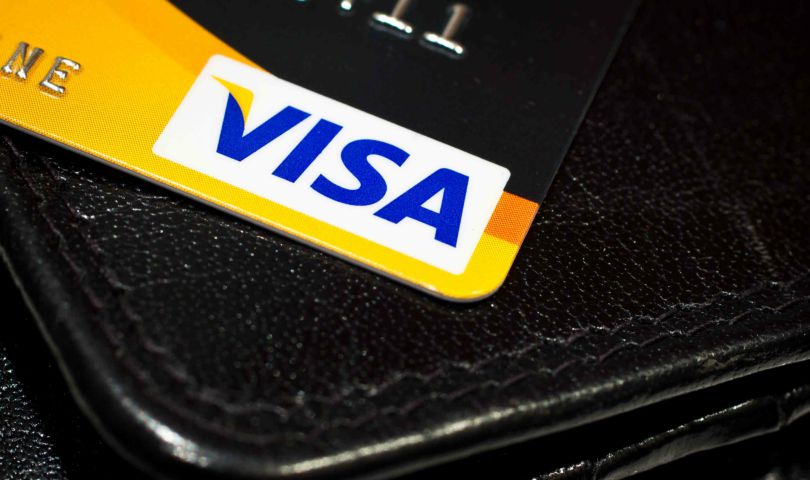The pace of growth in consumer spending is accelerating, if the latest figures from Visa Ireland indicate a trend, with overall annual spending up 6.4% in July as against an annual increase of 6.0% in June. Household spending has risen throughout the 23 months of the series so far, with the latest increase quicker than average for this period.
Spending via eCommerce continued to drive the overall increase, with spending rising 9.9% year-on-year in July, the slowest expansion since March. High street expenditure, meanwhile, rose faster than in June, up 4.8% from 1.9%, with growth also sharper than the average for the series so far.
The recent trend away from ‘stuff’ and towards services and leisure was maintained. Recreation and culture showed the fastest rise in spending and was the only sector to post double digit expansion, up 11.5% year-on-year.
Rates of growth in household goods, transport & communication and health & education sectors dipped from June, but remained solid, while improved rates came in the food, beverages & tobacco, clothing & footwear and hotels, restaurants & bars categories, with the former posting its strongest increase since February.
Philip Konopik of Visa said: “While there is some economic uncertainty at the moment, we have not seen an impact on Irish consumer expenditure as yet, with household spending continuing to rise. The overall rate of growth in July was slightly stronger than the 23-month series average and all sectors saw an increase in spending during the month.”
Andrew Harker of Markit commented: “There was no sign of a let-up in spending by Irish consumers in July, with growth actually picking up slightly from June. There was some positive news for the high street as face-to-face expenditure rose at a faster pace and sectors such as Hotels, Restaurants & Bars and Clothing & Footwear appear to have particularly benefited from this. Official consumer spending data for Q1 back up the story told by the Visa index over this period, but the CSI data is providing a much more up-to-date picture and suggest that spending growth remained solid at the start of Q3.”








